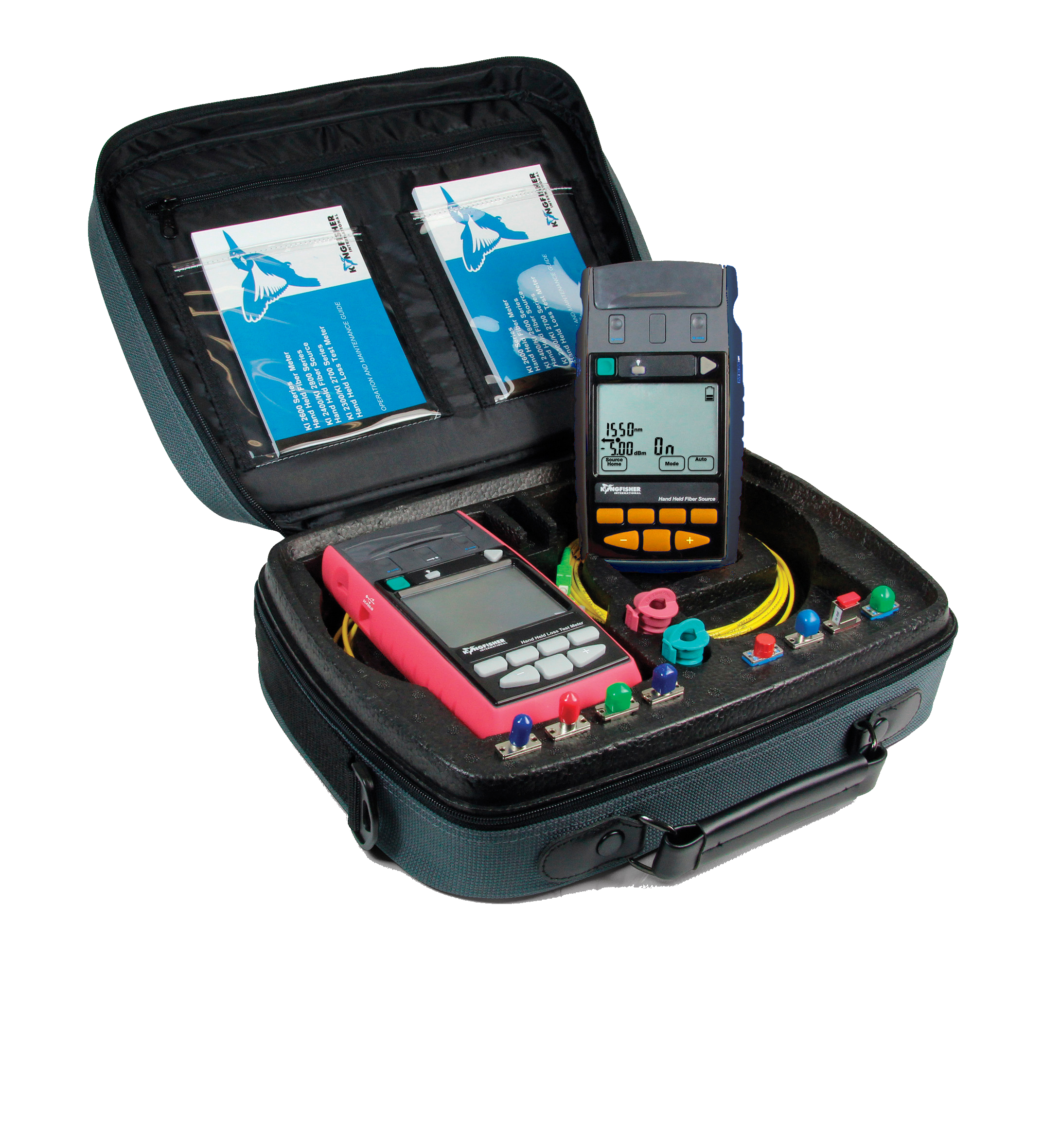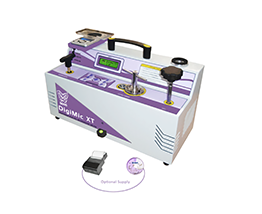Top 5 challenges optical measurement system can solve in production lines
Wiki Article
Checking out the Influence of Robotic Vision on Modern Production Techniques and Quality Assurance
Robotic vision technology is transforming the landscape of contemporary manufacturing and top quality control. By integrating sophisticated imaging systems and expert system, producers can accomplish unprecedented levels of precision and efficiency. This shift not only optimizes manufacturing processes however additionally addresses critical difficulties in maintaining item requirements. As sectors significantly depend on these technologies, the implications for future production methods stay to be totally explored. What will this imply for the affordable characteristics of the marketplace?Comprehending Robotic Vision Modern Technology
Robotic vision innovation serves as the backbone of automation in contemporary production. It encompasses using cameras, sensors, and artificial knowledge to allow robotics to interpret and react to visual info from their atmosphere. This modern technology permits robots to determine, find, and assess items, making them qualified of executing intricate jobs such as setting up, examination, and product handling with precision. The combination of artificial intelligence algorithms better improves the capability of robot vision systems, enabling them to adjust to varying problems and improve with time. By processing pictures and data in real-time, robotic vision systems can assist in faster decision-making and minimize errors in manufacturing processes (optical measurement system). This innovation not only enhances functional efficiency but also assures that high quality standards are met regularly. As the manufacturing landscape proceeds to progress, recognizing the details of robot vision innovation becomes essential for leveraging its prospective fullyAdvantages of Robotic Vision in Production
Robotic vision innovation provides significant advantages in production by enhancing accuracy and precision in jobs such as top quality control and assembly. This raised degree of information guarantees that products satisfy strict requirements, lowering waste and remodel. Additionally, the assimilation of robotic vision can lead to increased manufacturing effectiveness, allowing producers to maximize their procedures and accomplish higher output rates.Enhanced Precision and Accuracy
In contemporary manufacturing, boosted precision and accuracy are important for maximizing manufacturing procedures and guaranteeing item quality. Robotic vision systems enable devices to execute complex jobs with exceptional consistency. These systems utilize sophisticated imaging modern technologies to detect minute information and variants in products, elements, and ended up products. By evaluating aesthetic information in real-time, robot vision significantly minimizes human mistake, bring about fewer flaws and better standards. Additionally, improved precision in measurements and positioning facilitates better placement in assembly procedures, which is important for complex layouts. Inevitably, the integration of robot vision not just bolsters the reliability of producing outcomes yet also fosters confidence among customers concerning product stability and efficiency. This accuracy is critical in markets where high quality is extremely important.Raised Production Effectiveness

Suppliers are significantly transforming to vision systems to boost manufacturing efficiency throughout numerous procedures. These advanced systems enable real-time evaluation and tracking, considerably minimizing downtime triggered by errors or issues. By integrating robotic vision, business can automate quality assurance, permitting faster identification of problems and lessening the demand for human intervention. This causes streamlined operations, as robotics can swiftly adapt to modifications in production needs without compromising precision. Furthermore, vision systems promote much better inventory management by precisely tracking components and items, making sure optimal resource utilization. Eventually, the fostering of robotic vision not just enhances efficiency but likewise contributes to greater output prices, minimized operational prices, and improved total performance in the production industry.
Enhancing Quality Assurance Processes
Robotic vision innovation greatly improves quality assurance processes in manufacturing by using accuracy inspection methods. These sophisticated systems help with real-time problem detection, making certain that products satisfy stringent high quality requirements. As a result, producers can decrease waste and boost overall efficiency.Precision Inspection Techniques
Precision inspection techniques have actually changed high quality control processes in manufacturing, enabling the discovery of min issues that traditional approaches could ignore. These strategies take advantage of advanced imaging innovations, such as high-resolution video cameras and laser scanning, to accomplish unmatched accuracy. By utilizing robotic vision systems, manufacturers can automate evaluation tasks, making sure constant performance and lowering human error. The integration of device discovering algorithms additionally improves these systems, enabling them to adapt and improve with time. Furthermore, accuracy inspection promotes the recognition of subtle variations in item dimensions and surface area coatings, which can significantly impact overall item high quality. Therefore, producers can carry out rehabilitative actions much more promptly, ultimately causing decreased waste and improved customer contentment.Real-Time Problem Detection
Using sophisticated imaging modern technologies, real-time problem discovery transforms quality assurance processes in manufacturing. By integrating high-resolution electronic cameras and sophisticated formulas, suppliers can promptly identify anomalies during production. This modern technology helps with prompt corrective actions, lowering waste and enhancing general effectiveness. Real-time systems evaluate items as they relocate along the production line, making sure that defects are identified and dealt with without delaying production timetables. In addition, the application of equipment knowing improves the precision of these systems, permitting them to website here adapt to new defect patterns in time. Subsequently, manufacturers benefit from enhanced item high quality and minimized functional expenses. Eventually, real-time flaw discovery not websites just streamlines procedures yet additionally promotes a culture of continual improvement in contemporary production settings.Real-Time Data Analysis and Decision Making
In the dynamic landscape of manufacturing, real-time information analysis empowers systems to make swift, educated choices. By leveraging sophisticated robotic vision innovations, suppliers can collect and refine large amounts of data instantly. These systems analyze aesthetic inputs to keep an eye on production procedures, making certain that any variances from quality criteria are identified and addressed quickly. Makers can maximize procedures by reallocating sources and readjusting process based on real-time understandings.The assimilation of data analytics allows for predictive maintenance, where potential devices failures are prepared for before they interfere with manufacturing. This proactive strategy decreases downtime and improves overall efficiency. robotic vision. The capacity to make data-driven choices in real time considerably lowers waste and enhances item high quality, allowing makers to react to market demands swiftly. Because of this, real-time information analysis not only streamlines manufacturing yet additionally promotes a culture of continual renovation in modern-day manufacturing settings
Challenges in Executing Robotic Vision Equipments
Implementing robot vision systems in making offers a series of obstacles that can impede their performance. One significant barrier is the complexity of integrating these systems with existing machinery and workflows. Suppliers typically deal with compatibility issues with heritage equipment, resulting in enhanced costs and downtime. Additionally, the irregularity in product forms, dimensions, and products can make complex the calibration of vision systems, necessitating substantial training and fine-tuning.Another difficulty hinges on refining huge volumes of visual information in genuine time. High-performance computer sources are essential, which may call for more investment in facilities. Moreover, there is a scarcity of proficient workers capable of handling and preserving these sophisticated systems, resulting in potential operational ineffectiveness. Ultimately, making sure the dependability and precision of robot vision systems under varying ecological problems positions a constant obstacle. Dealing with these concerns is essential for optimizing the potential advantages of robot vision in manufacturing.
Future Trends in Robotic Vision for Production
As developments in artificial knowledge and artificial intelligence continue to develop, the future of robotic vision in check my source production appears progressively appealing. Arising trends indicate a shift towards extra sophisticated imaging innovations, such as 3D vision systems and hyperspectral imaging, which will improve accuracy in quality control processes. Combination with the Net of Points (IoT) will make it possible for real-time information analysis, allowing robotic systems to adapt promptly to adjustments in the manufacturing environment. Moreover, the growth of collective robotics (cobots) geared up with sophisticated vision abilities is anticipated to assist in smooth human-robot communications, improving performance and safety on the . Furthermore, the consolidation of side computing will empower robotic vision systems to refine data in your area, lowering latency and making it possible for faster decision-making. These innovations will certainly not just simplify manufacturing procedures however likewise significantly improve item high quality, positioning robotic vision as a keystone of future commercial procedures.Frequently Asked Questions
Just How Much Does Robotic Vision Innovation Usually Price?
Robotic vision modern technology typically costs between $10,000 and $100,000, depending on the intricacy and specifications. Elements influencing price include sensing unit top quality, software application abilities, and combination demands, making it important to analyze details job needs.What Industries Are A Lot Of Affected by Robotic Vision Innovations?
Robotic vision improvements substantially effect markets such as manufacturing, automotive, electronic devices, and food processing - robotic vision. These fields benefit from enhanced automation, boosted quality assurance, and raised performance, leading to structured operations and reduced labor pricesCan Robotic Vision Systems Be Integrated With Existing Equipment?
Robotic vision systems can certainly be incorporated with existing machinery. This assimilation enhances functional efficiency, enabling producers to utilize advanced innovations without the need for full overhauls, thus optimizing manufacturing processes and preserving top quality standards.
What Abilities Are Needed to Operate Robotic Vision Solutions?
Running robot vision systems necessitates proficiency in programming, an understanding of machine discovering, knowledge of picture processing techniques, and the ability to repair software and hardware issues, guaranteeing seamless assimilation and optimal efficiency within manufacturing atmospheres.Are There Any Type Of Safety And Security Problems With Robotic Vision in Manufacturing?

Report this wiki page